Imagine a world where one side of Earth basks in eternal daylight while the other is locked in endless night. This isn’t science fiction—it’s what scientists call tidal lock, and it’s exactly what happened to our Moon. Tidal locking occurs when a planet’s rotation slows until it always shows the same face to its star or satellite. Some exoplanets are already trapped in this strange state, raising the question: could it ever happen to Earth? And if it did, how would life—and our planet itself—be transformed forever?
When Worlds Stand Still – The Mystery of Tidal Locking
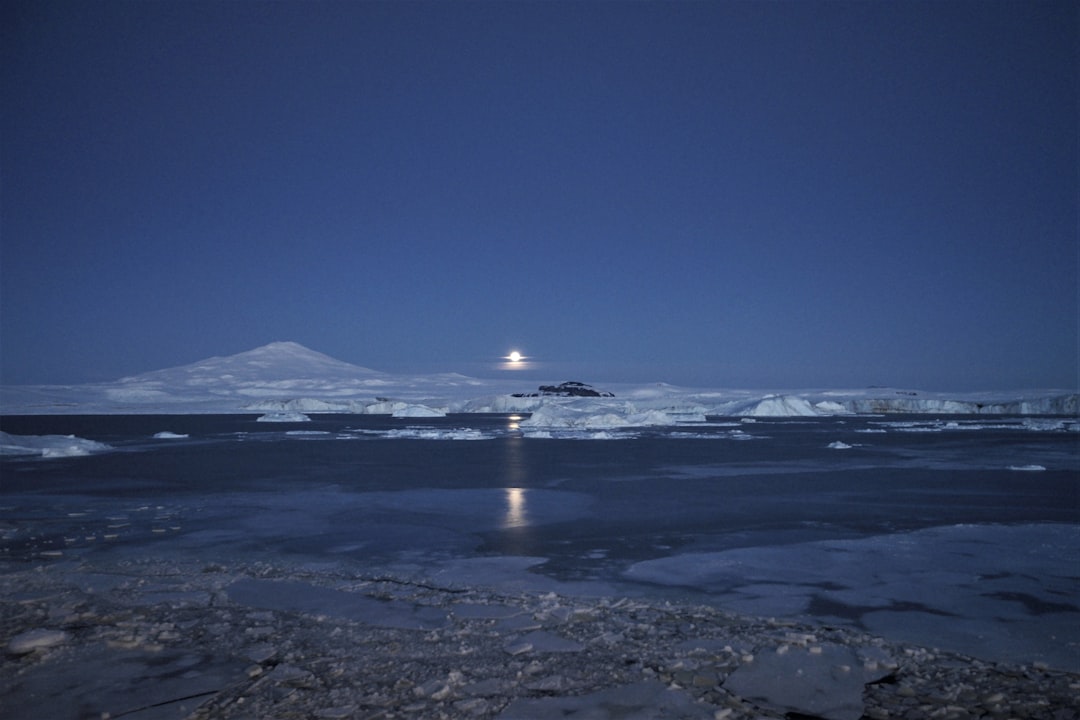
Imagine looking up at the night sky and seeing only one face of the Moon for your entire lifetime. That’s exactly what happens here on Earth, and it’s not a coincidence – it’s the result of a powerful cosmic dance called tidal locking. But what if I told you that our own planet might be heading toward the same fate, slowly turning into a giant version of the Moon, always showing the same face to our Sun?
Earth’s Moon’s rotation and orbital periods are tidally locked with each other, so no matter when the Moon is observed from Earth, the same hemisphere of the Moon is always seen. This phenomenon isn’t some random quirk of nature – it’s a gradual process that happens when gravity gets really, really patient. When the Moon formed more than 4 billion years ago, it rotated more quickly than it does today, but over time, tidal torques slowed its rotation until it became tidally locked to Earth.
The Invisible Force That Shapes Worlds
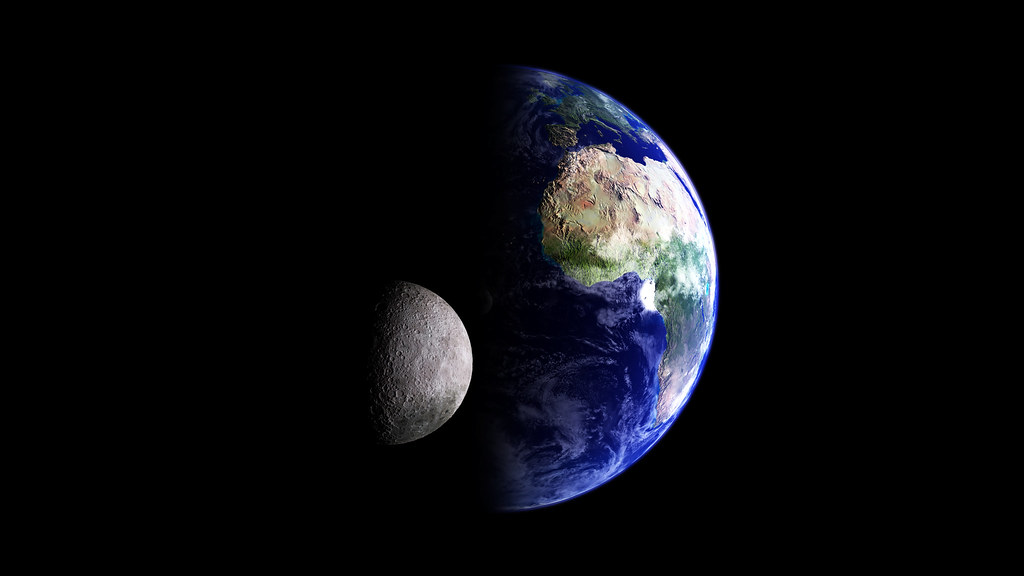
This tidally locked state is a consequence of gravity. As the Moon orbits Earth, Earth’s gravity tugs at it. This force deforms the Moon, reshaping it from a perfect sphere into something a little more akin to an American football: slightly squashed at the poles, with a bulge at its equator facing Earth and another on its far side. Think of it like kneading dough – the Moon gets stretched and squeezed with every orbit.
The same invisible forces are at work between Earth and the Moon, just in reverse. Earth’s rotation is gradually being slowed by the Moon, by an amount that becomes noticeable over geological time as revealed in the fossil record. It’s happening so slowly that you’d need atomic clocks to measure it, but it’s there. Currently, atomic clocks show that Earth’s day lengthens, on average, by about 2.3 milliseconds per century.
Our Planet’s Ancient Dance With Time

Earth wasn’t always the 24-hour world we know today. Current estimations are that this (together with the tidal influence of the Sun) has helped lengthen the Earth day from about 6 hours to the current 24 hours (over about 4.5 billion years). Picture our planet as a cosmic spinning top that’s slowly, inevitably winding down.
Basically, angular momentum is being transferred from Earth’s rotation to the moon’s revolution, and as with everything in physics, angular momentum must be conserved. Some of this energy gets lost as heat through friction in our oceans and solid rock. It’s like a giant brake system operating on geological timescales, so gradual that no human could ever notice it during their lifetime.
The Ultimate Fate – Earth’s Tidal Future

So where is all this heading? Given enough time, this would create a mutual tidal locking between Earth and the Moon. Earth’s sidereal day would eventually have the same length as the Moon’s orbital period, about 47 times the length of the Earth day at present. Imagine days lasting nearly two months – that’s the ultimate destiny of our planet-Moon system.
But here’s the twist that makes this story both fascinating and sobering. However, Earth is not expected to become tidally locked to the Moon before the Sun becomes a red giant and engulfs both. We’re racing against cosmic time itself, with the Sun’s death likely coming before Earth’s final slow dance with the Moon reaches its conclusion.
When Stars Die – The Red Giant Deadline

In approximately five billion years, our own sun will transition to the red giant phase. When it expands, its outer layers will consume Mercury and Venus and also reach Earth. This isn’t just theoretical – it’s the inevitable fate of all stars like our Sun. The hydrogen fuel that powers our star will eventually run out, causing it to swell to enormous proportions.
Finally, the planet will likely be absorbed by the Sun in about 7.5 billion years, after the star has entered the red giant phase and expanded beyond the planet’s current orbit. Even if Earth somehow survives being swallowed, Four billion years from now, the increase in Earth’s surface temperature will cause a runaway greenhouse effect, creating conditions more extreme than present-day Venus and heating Earth’s surface enough to melt it. By that point, all life on Earth will be extinct.
Lessons From Our Cosmic Neighborhood

All the solar system’s large moons are tidally locked with their planets. The bigger moons synchronize early in their existence, within hundreds of thousands of orbits. It’s like a universal law of cosmic mechanics – get close enough to a massive object, and eventually you’ll be dancing to its gravitational rhythm.
However, if both the difference in mass between the two bodies and the distance between them are relatively small, each may be tidally locked to the other; this is the case for Pluto and Charon, and for Eris and Dysnomia. These distant dwarf planets offer us a glimpse of what mutual tidal locking looks like – two worlds forever facing each other like cosmic lovers frozen in time.
The Exoplanet Connection – Worlds Beyond Our Solar System

All planets in the TRAPPIST-1 system are likely to be tidally locked. This famous system of seven Earth-sized planets shows us that tidal locking isn’t rare – it’s probably the norm for planets orbiting close to their stars. These results suggest that the process of tidal locking is a major factor in the evolution of most of the potentially habitable exoplanets to be discovered in the near future.
Indeed, it’s expected that every planet in the habitable zone of an M dwarf will be tidally locked. Since M dwarfs are the most common type of star in the galaxy, this means tidal locking might be the default state for potentially habitable worlds throughout the universe. Imagine planets where one hemisphere experiences eternal day while the other suffers perpetual night.
The Double-Edged Sword of Stellar Proximity

If so, one side of the planet could be burning hot while the other side is brutally cold. Would such a tidally locked exoplanet be able to support life? It’s a question that keeps astronomers up at night. The closer a planet needs to be to receive warmth from a dim red dwarf star, the more likely it is to become tidally locked.
However, there’s hope in the form of atmospheric dynamics. Being tidally locked was once thought to lead to such extremes of climate as to eliminate any possibility of life, but astronomers have since reasoned that the presence of an atmosphere with winds blowing across a planet’s surface could mitigate these effects and allow for moderate climates and life. Picture winds carrying heat from the scorching day side to the frozen night side, creating a more balanced climate.
Breaking Free – When Planets Escape Their Chains
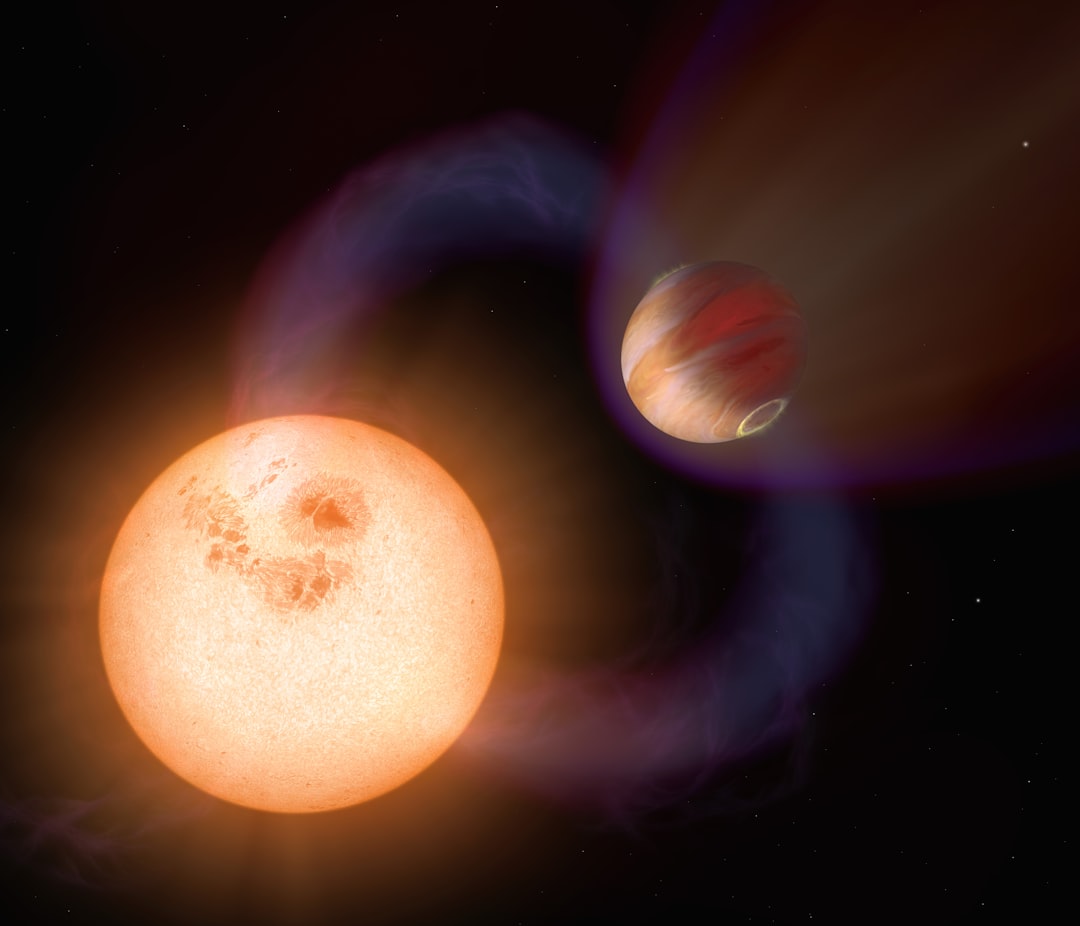
Not all planets are doomed to tidal imprisonment. To their surprise, the calculations indicate that, in many cases, such a world can still rotate freely. For example, a planet orbiting a red-dwarf star that is 60% as massive as the Sun does not suffer tidal locking, even if it is only a third as far from the star as Earth is from the Sun.
And if the planet’s atmosphere is 10 times thicker than that of the Earth, the planet can be even closer and still rotate freely. Thick atmospheres act like cosmic shields, helping planets resist the gravitational forces that would otherwise lock them in place. It’s like having a buffer zone that keeps worlds spinning free.
The Ultimate Cosmic Irony
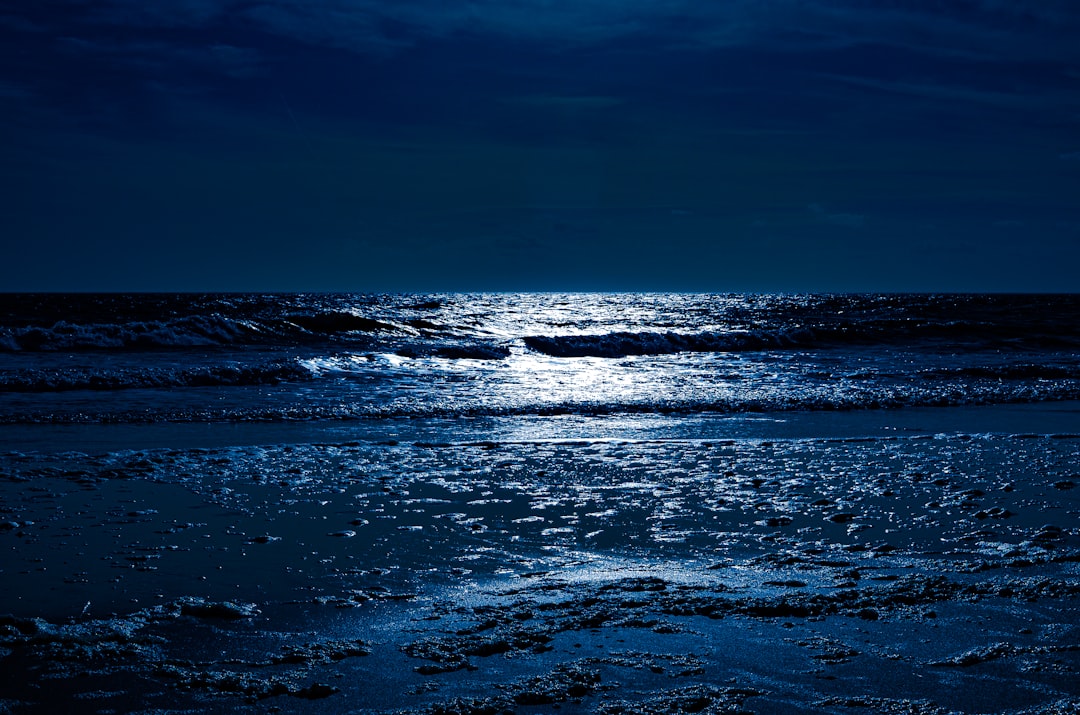
Here’s where the story gets really interesting. The same process is happening to Earth, and eventually it will keep one face toward the Moon. If that does happen, we would no longer see tides, as the tidal bulge would remain in the same place on Earth, and half the planet would never see the Moon. However, this locking will take many billions of years, perhaps not before our Sun expires.
The cosmic irony is mind-boggling – Earth is slowly becoming like the Moon, while the Moon itself is gradually drifting away from us. It is constantly drifting away, in a tiny, but measurable amount, about as fast as your fingernails grow. Every time you clip your nails, remember that the Moon has moved just a little bit further away during that same period.
The Search for Earth’s Twins
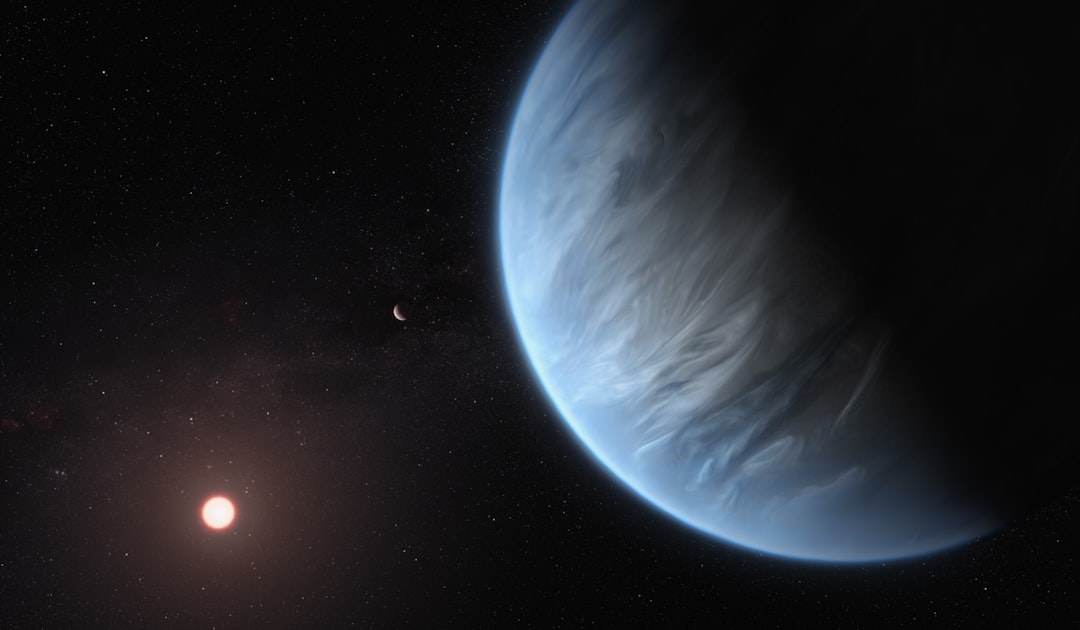
Even if astronomers discover the long-sought Earth “twin” orbiting a virtual twin of the sun, that world may be tidally locked. This challenges our assumptions about what makes a planet truly Earth-like. We might be looking for worlds that are fundamentally different from our own – planets where the sun never sets on one hemisphere and never rises on the other.
An international team of astronomers and astrophysicists has confirmed the first known observance of a tidally locked super-Earth exoplanet. In their paper published in The Astrophysical Journal, the group describes the unique approach they took to confirm that the exoplanet LHS 3844b is tidally locked and what the finding suggests about other planets in the galaxy.
When Worlds Flip Their Faces

Recent research has revealed that some tidally locked planets might not be as static as we thought. A recent study shows the dynamical conditions present in the TRAPPIST-1 system make rotation and large librations of the substellar point possible for these planets, which are usually assumed to be tidally locked. We independently confirm the tendency for planets in TRAPPIST-1-like systems to sporadically transition from tidally locked libration to slow rotation using N-body simulations.
Transitions between two tidally locked regimes, with a final change in orientation of 180°, will flip the surface temperature profile of the planet. Transitions between a tidally locked regime and a Spinning regime will begin, or end, a day/night cycle with a stellar day lasting on the order of an Earth year. Imagine a world where seasons last not months, but entire years, as the planet slowly awakens from eons of eternal day or night.
Mercury’s Dance – The 3:2 Waltz

A well known case is the rotation of Mercury, which is locked to its own orbit around the Sun in a 3:2 resonance. This results in the rotation speed roughly matching the orbital speed around perihelion. Mercury shows us that tidal locking doesn’t always mean one-to-one synchronization – sometimes planets get caught in more complex gravitational rhythms.
Modeling has demonstrated that Mercury was captured into the 3:2 spin–orbit state very early in its history, probably within 10–20 million years after its formation. This happened relatively quickly in cosmic terms, suggesting that many planets throughout the universe might be dancing to similar complex gravitational beats.
The Future of Habitable Worlds

Frozen planets, too cold to host liquid water when their star resembles our present-day Sun, may thaw out when their star expands into a red giant, because they will receive so much more heat energy. “In the far future, such worlds could become habitable around small red suns for billions of years, maybe even starting life, just like Earth,” said study co-author Lisa Kaltnegger of Cornell.
The distant future might see previously frozen moons and dwarf planets becoming the new tropical paradises of our solar system. Eventually, Pluto and its cousins in the Kuiper Belt – plus Neptune’s moon Triton – could be the most valuable real estate in the solar system. When the Sun turns into a red giant, the temperatures there will be equivalent to those in tropical locales on Earth today, such as Miami Beach, according to Southwest Research Institute astronomer S. Alan Stern.
Conclusion: Dancing on Cosmic Time
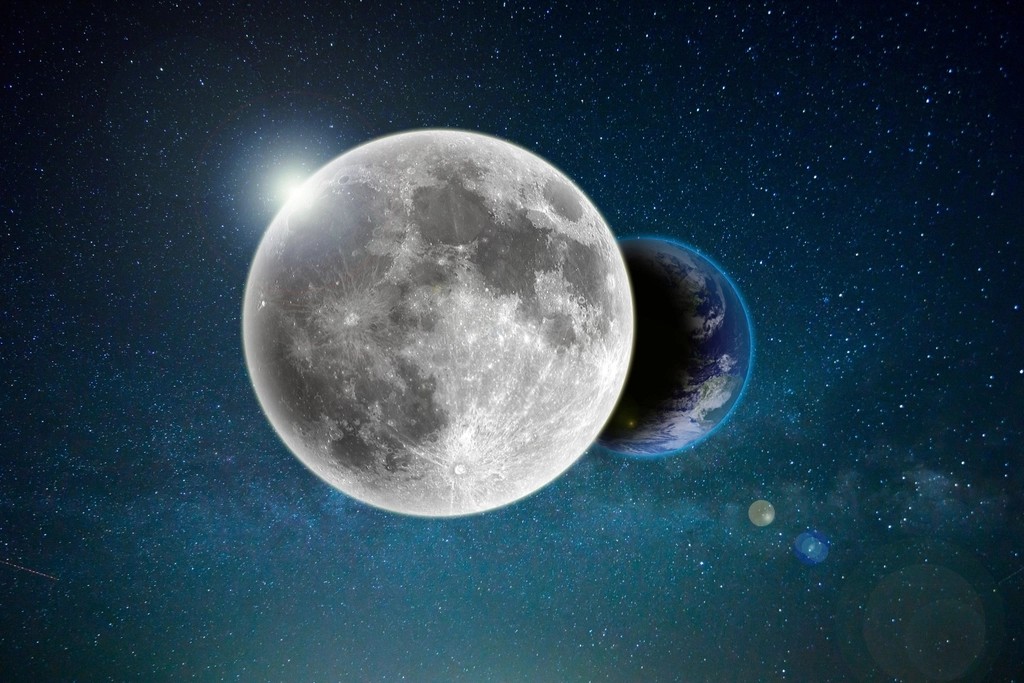
Earth’s potential tidal locking represents one of the most fascinating long-term processes in our cosmic neighborhood. While our planet slowly synchronizes its rotation with the Moon, we’re simultaneously racing against time itself – will Earth become tidally locked before the Sun swells into a red giant and ends the dance forever?
The answer reveals the beautiful complexity of cosmic timescales, where billion-year processes compete with each other in slow motion. Meanwhile, discoveries of tidally locked exoplanets throughout the galaxy show us that our Earth-Moon system isn’t unique – it’s part of a universal gravitational waltz that plays out across the cosmos. Whether Earth ends up like the Moon or gets consumed by our dying star first, one thing is certain: the universe operates on timescales that make human existence seem like the briefest of cosmic moments.
What would you have guessed – that Earth’s days are still getting longer, or that we’re racing against our Sun’s inevitable death?


